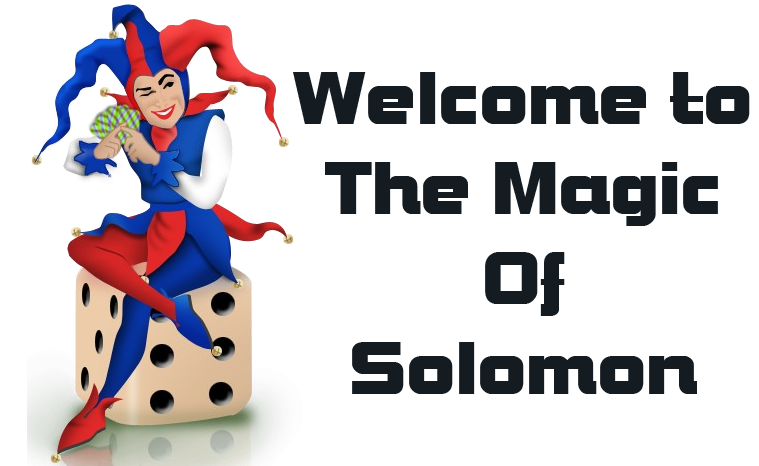Periodically magicians face the demise of a familiar object and the magic they've been making with it. What do you consider a familiar object you say? A familiar object is any object that is immediately recognized by those watching. For instance the top hat, silver dollar, walking stick, pocket watch, pocket handkerchief and many other conjurable objects have disappeared from public view.
In some cases magicians are forced to abandon classic premises and effects when it becomes patently obvious they are going to have a great deal of trouble borrowing a top hat from a spectator in the front row. In other cases magicians ignore the winds of cultural change and continue to utilize props that have gone from familiar to foreign.
This resistance to change is generally based on a lack of imagination and the fact that many magicians rely on the creativity of others to supply them with their magic. So, for instance, the advent about ten years ago of the baseball cap as popular head gear took over a decade to inspire even one effect. It often seems that most magicians idea of the contemporary is limited to giving old ideas a new coat of paint.
An example of this is the radical make over of world currency. In some countries paper money is no longer paper but plastic, making the torn and restored bill impossible; coins have been drastically reduced in diameter to the point where many classic manipulations are difficult. It is possible that magicians will face the demise of coins and currency altogether as purely electronic transfers take hold.
In aspiring to catch up with the current date magicians must be able to separate method from effect. In some instances both can be applied to a recently familiar object, in other situations a method taken from one older trick combined with an effect taken from a different trick can result in new magic.
One of the biggest intellectual leaps a magician has to make is to realize that the principles of magic apply to many more objects than those illustrated in the magic dealers' catalogs. A knowledgeable illusionist can look at any object and envision the various magical effects that might be created with that object. By the same token, someone who's done their homework will know the various effects that already exist using a particular object.
For example looking at a pencil or pen should bring to mind all the effects that use an object of this nature plus all the principles that might be applied to such an object; for instance every trick with a magic wand, walking stick or whatever that might be modified to use a pencil or pen.
Of course one does have to separate the magic from the props in order to create new effects. On a basic level this isn't really very difficult. Time tested methods such as palming, pull vanishing, sleeving and the like work just as well with the common objects of today as they did with the billiard balls and silver dollars of another era.
Despite the need to consider the present if not the future, there will no doubt always be a place for the arcane props of the magician. Mysterious boxes and tubes, preposterous looking constructions, and whimsical examples of alternate realities can intrigue and entertain those watching.
An object can be made familiar by having a spectator handle it. Most magicians fail to appreciate the value of this maneuver except perhaps giving a spectator cards to shuffle. The spectator isn't given the object for examination but rather he or she holds it momentarily, perhaps to put something in it or take something out, the result being the assumption that it has to be ordinary and unprepared otherwise the magician would allow it to be handled.
Yours Magically
Solomon
Interested to learn magic for fun or profit? Would you like to hire a magician, hypnotist or an emcee for your event? Visit www.themagicofsolomon.com for more info..
